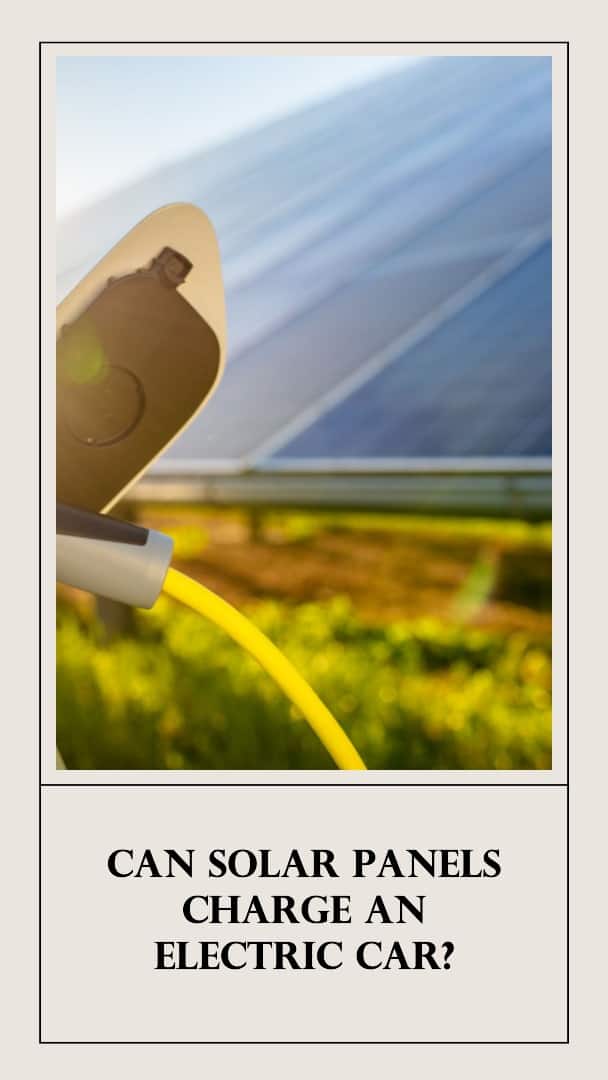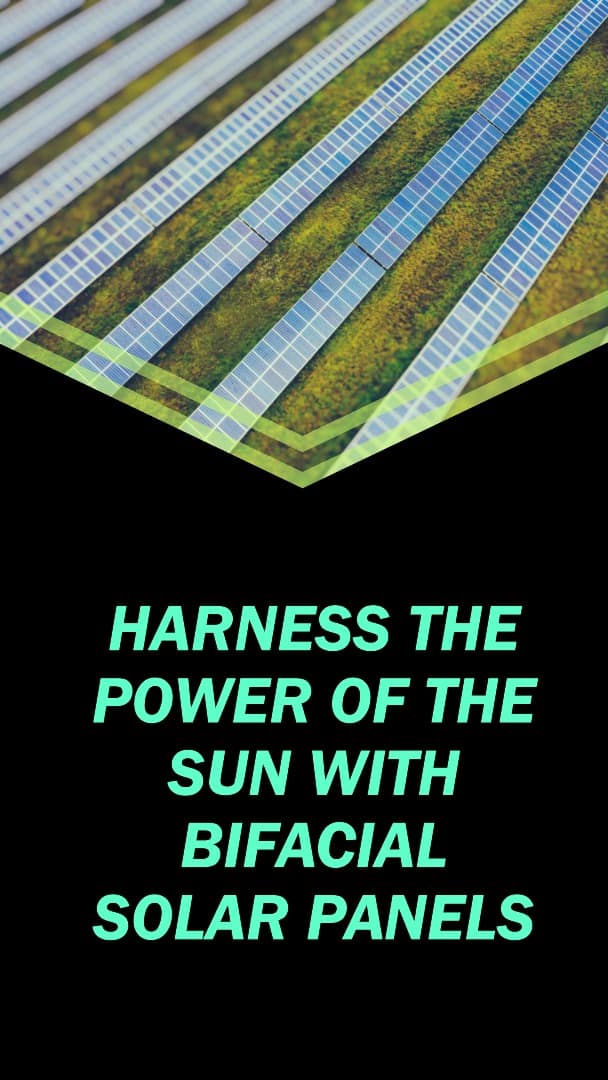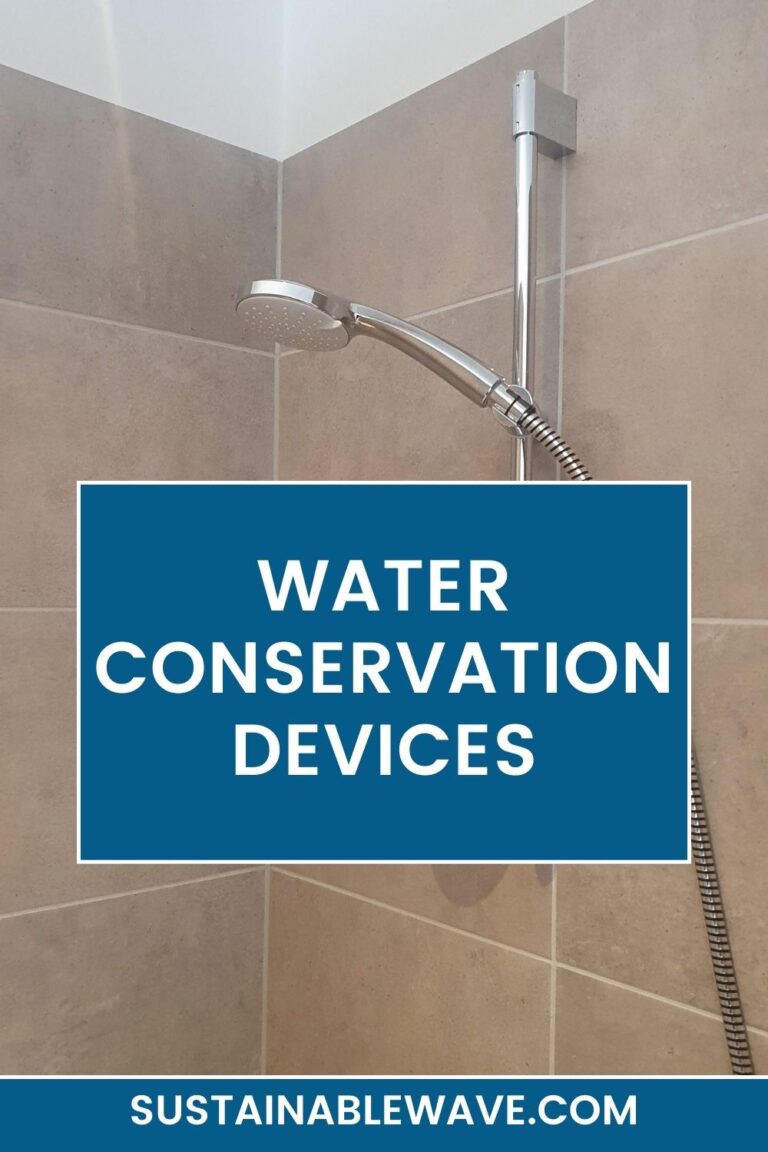Have you ever invested in a solar panel, and connected it to your battery, only to find that your solar panel isn’t charging the battery? Drawing insights from diverse sources, this article delves into why your solar panel might not be charging your battery – from faulty panels and batteries to incorrect setups and solar charge controller issues.
Your solar panels may usually fail to charge batteries due to issues like faulty panels, incompatible or damaged batteries, incorrect setup, or bad sunlight exposure. Solutions involve inspecting and repairing panels and batteries, ensuring the correct system setup, and making sure your panel is placed for maximum sunlight.
We’ll guide you through easy-to-follow steps to diagnose and fix these problems. Whether you’re a solar system novice or a seasoned user, understanding these challenges is crucial for maintaining an efficient and effective solar energy setup.
Preliminary Checks: Is Your System Generating Enough Power?

Starting with the basics, it’s essential to determine if your solar panel system is producing enough power. This begins with a close look at your inverter, the heart of your system, which indicates the efficiency of communication between your panels and battery.
One critical factor is solar exposure. Insufficient sunlight due to weather conditions or physical obstructions can significantly impact power generation. Additionally, assess your household’s energy consumption.
If your solar setup is consistently failing to meet these needs, it could be a sign that the system’s capacity is inadequate. Upgrading your system or optimizing its configuration might be necessary to ensure your battery gets its fair share of solar power.
Identifying Common Solar Panel Problems
When dealing with a solar panel system that isn’t working properly, there are several key issues to be aware of:
- Faulty Solar Panels: Problems like microcracks, hot spots, or physical damage can drastically reduce a panel’s effectiveness.
- Battery Issues: A battery that’s incompatible with your system, aging, or physically damaged won’t charge properly.
- Problematic Equipment: This includes every component from inverters to charge controllers. A malfunction in any of these can disrupt the entire system.
- Incorrect Setup: Improper wiring, incorrect connections, or setting up the system without a charge controller can lead to significant issues.
- Environmental Factors: Extreme weather conditions and inadequate sunlight can hamper the solar panel’s ability to generate power. Understanding these common problems is crucial for effective troubleshooting and maintaining a well-functioning solar panel system.
Detailed Troubleshooting Steps When a Solar Panel Isn’t Charging the Battery
Now let’s go a bit further into troubleshooting your solar panel system
Solar Panel Issues
Troubleshooting solar panel issues starts with a visual inspection for obvious damage like cracks or discoloration. Use a multimeter to check the panel’s voltage in full sunlight, ensuring it matches the expected output levels. Look out for hot spots or shading on the panels, which can significantly reduce efficiency.
If a panel isn’t generating power, it might be due to broken diodes or internal faults. Replacing damaged panels or repairing minor issues like loose connections can often resolve these problems.
Battery Issues
To tackle battery issues, begin by measuring the battery voltage with a multimeter. A reading that’s too high or too low indicates problems. Check for physical signs of damage like leakage or bulging.
Incompatibility between the battery and solar panel is another common issue; ensure they’re suitably matched. If the battery is aging or has been deeply discharged, it might need replacement. Maintaining and regularly testing your battery can help avoid these issues.
Equipment and Wiring Problems
Inspect all associated equipment, including inverters and charge controllers, for signs of malfunction. Error messages or unusual readings on the inverter can indicate internal problems. Check the wiring connections for corrosion or looseness, as poor connections can impede energy flow.
Sometimes, a simple reset of the charge controller or inverter can solve the problem. If you’re not confident in handling electrical equipment, it’s best to consult a professional.
Access to Sunlight
Ensure your solar panels have unobstructed access to sunlight. Trees, buildings, or even accumulated dirt can cast shadows and reduce performance. Regular cleaning of panels is important, especially in dusty environments.
The angle and orientation of the panels are crucial too; they should be positioned to maximize sun exposure throughout the day. In areas with frequent cloudy weather, consider adding more panels to compensate for the reduced sunlight.
Step-by-Step on How to Fix It When a Solar Panel Isn’t Charging the Battery

Repairing and resolving issues in a solar panel system requires a methodical approach.
Here’s a guide on how to fix it when a solar panel isn’t charging the battery properly:
- Diagnosing the Problem: Begin by using a multimeter to check the voltage of your solar panel and battery. This will help you determine whether the issue lies with the panel, battery, or elsewhere.
- Solar Panel Repairs:
- Inspect the panels for physical damage like cracks or hot spots.
- If you discover a broken diode or connectivity issues, these may need to be repaired or replaced.
- Cleaning the panels and ensuring they are free from obstructions can often resolve minor issues.
- Battery Solutions:
- Examine the battery for signs of wear, leakage, or swelling.
- If the battery is incompatible with your solar setup or too old, consider replacing it.
- For deep discharge issues, a controlled recharge might be necessary.
- Addressing Equipment and Wiring Problems:
- Investigate your inverter and charge controller for error indicators or malfunctioning signs.
- Tighten any loose connections and replace corroded wires.
- Resetting the charge controller or inverter can sometimes rectify minor issues.
- Optimizing Sunlight Exposure:
- Relocate panels to areas with better sun exposure if necessary.
- Regularly clean the panels to remove dirt or debris that could block sunlight.
- Adjust the angle of the panels seasonally to maximize efficiency.
- Professional Assistance:
- When in doubt, or if the problem persists, seeking professional help is advisable.
- If your system is still under warranty, check whether the repairs are covered.
- Regular Maintenance:
- Routine checks and maintenance can prevent many issues from escalating.
- Keep a log of system performance to quickly identify when something is amiss.
With these steps, you can often identify and solve most of the problems with solar panel systems, improving their efficiency and lifespan. Remember that safety is quite important when you’re dealing with electrical systems, so don’t hesitate to consult professionals for larger issues!
I’m Thomas, the owner of SustainableWave. Passionately promoting a sustainable planet. With experience in various eco-roles, I’ll share green tips, sustainability hacks, and personal eco-journeys on my blog.






